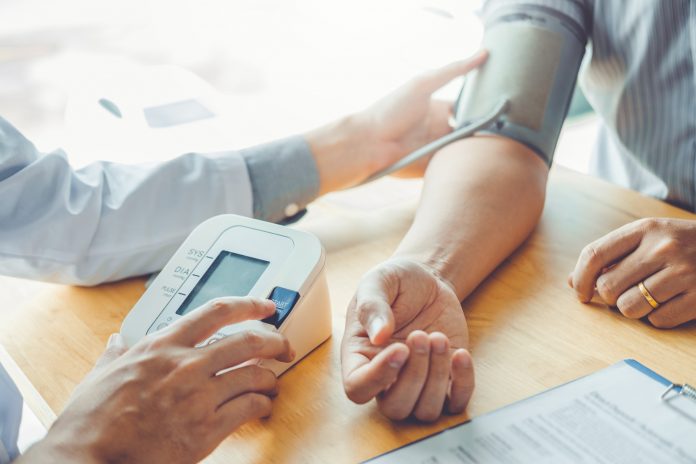The World Health Organisation has released a report highlighting the alarming global impact of hypertension. What can clinicians and researchers do to control it?
The World Health Organisation’s (WHO) first-ever report detailing the alarming worldwide consequences of high blood pressure also put’s forward suggestions for combating the threat.
The report reveals that nearly 80% of individuals with hypertension do not receive proper treatment. If nations can enhance their healthcare coverage, it can prevent 76 million deaths between 2023 and 2050.
Health issues linked to hypertension
Hypertension impacts one-third of adults globally. This widespread condition can result in serious health issues such as strokes, heart attacks, heart failure, kidney damage, and other medical complications.
The widespread presence of hypertension, characterised by a blood pressure of 140/90 mmHg or higher or the use of hypertension medication, doubled between 1990 and 2019, rising from 650 million to 1.3 billion individuals.
Almost half of the global population affected by hypertension is unaware of their condition. Over 75% of adults with high blood pressure live in low- and middle-income countries.
Factors relating to hypertension
While factors like older age and genetic predisposition can heighten the risk of developing high blood pressure, modifiable risk factors can increase this risk, such as consuming a high-salt diet, leading an inactive lifestyle, and excessive alcohol consumption.
Lifestyle changes such as adopting a healthier diet, decreasing tobacco use, and engaging in regular physical activity can reduce elevated blood pressure. Individuals may sometimes require medications to control hypertension and prevent associated complications effectively.
Controlling impact of hypertension
Preventing, detecting, and efficiently managing hypertension ranks as some of the most economically important interventions in healthcare, deserving of prominent attention from countries as essential components of their primary care offerings. Enhanced hypertension treatment programs yield economic benefits that outweigh costs by approximately 18 to 1.
“Hypertension can be controlled effectively with simple, low-cost medication regimens, and yet only about one in five people with hypertension have controlled it.” Said Dr. Tedros Adhanom Ghebreyesus, WHO Director-General.
“Hypertension control programmes remain neglected, under-prioritised and vastly underfunded.”
The release of this report coincides with the 78th Session of the United Nations General Assembly, which is focused on advancing the Sustainable Development Goals, including health-related objectives related to pandemic readiness, the eradication of tuberculosis, and the achievement of Universal Health Coverage.
By elevating the number of patients receiving effective treatment for hypertension to levels observed in high-performing nations,
it is possible to prevent 76 million fatalities, 120 million strokes, 79 million heart attacks, and 17 million incidents of heart failure between now and 2050.
“Most heart attacks and strokes in the world today can be prevented with affordable, safe, accessible medicines and other interventions, such as sodium reduction,” said Michael R. Bloomberg, WHO Global Ambassador for Noncommunicable Diseases and Injuries. “Treating hypertension through primary health care will save lives while also saving billions of dollars a year.”
Managing the impact of hypertension
Hypertension can be effectively managed with low-cost generic medications through initiatives like HEARTS. The WHO’s HEARTS technical package and the Guideline for pharmacological hypertension treatment in adults offer practical, proven strategies for providing quality hypertension care in primary healthcare settings.
Achieving successful blood pressure management at community and national levels is feasible for countries at all income levels. Over 40 low- and middle-income nations, including Bangladesh, Cuba, India, and Sri Lanka, have strengthened their hypertension care through HEARTS, reaching over 17 million people.
Countries like Canada and South Korea have implemented comprehensive national hypertension treatment programs, surpassing a 50% blood pressure control rate in adults with hypertension. Sustained, systematic national hypertension control programs have proven effective, leading to reduced incidences of strokes and heart attacks and longer, healthier lives.
Editor's Recommended Articles
-
Must Read >> Championing mental health and workplace wellbeing














